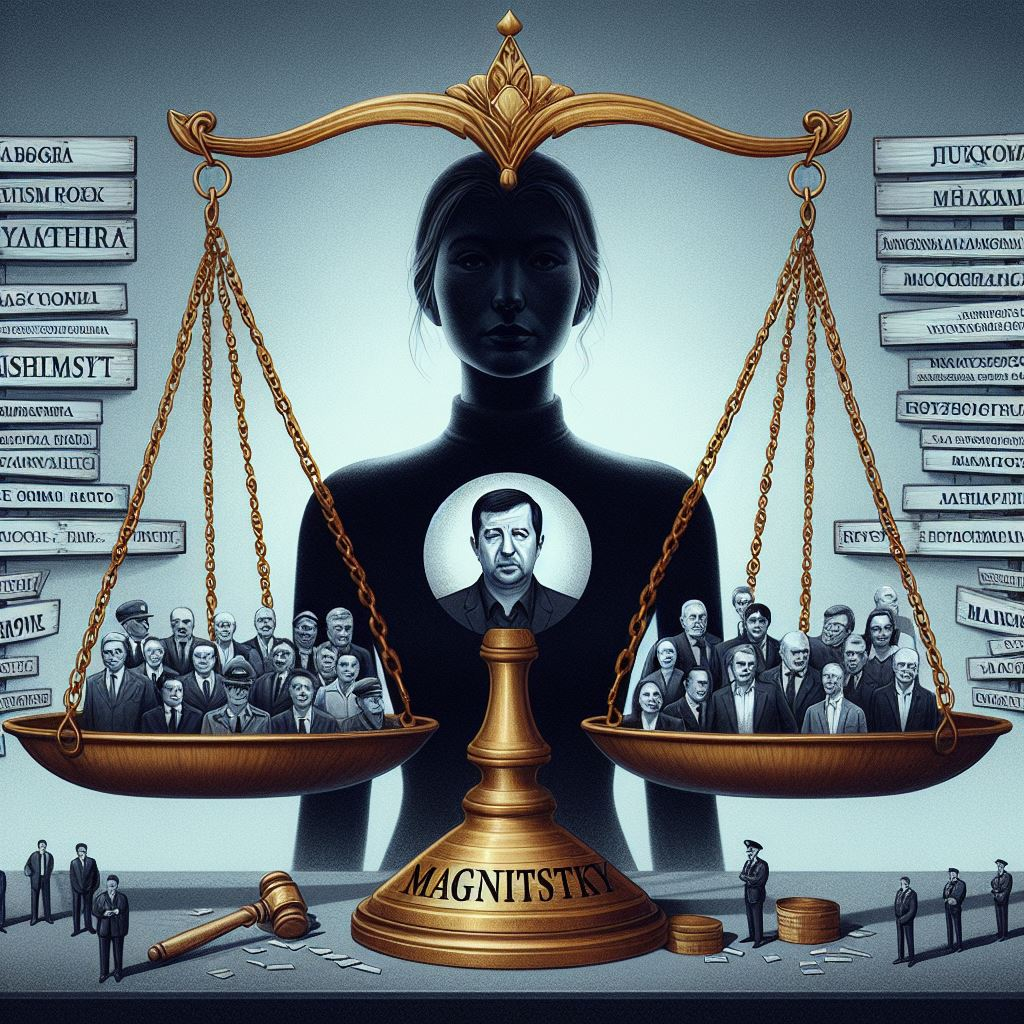The Magnitsky Act, formally known as the Russia and Moldova Jackson-Vanik Repeal and Sergei Magnitsky Rule of Law Accountability Act of 2012, is a landmark piece of U.S. legislation with a broader reach than its original name suggests. Let’s delve into its key provisions and how it has evolved.
Origins: Justice for Sergei Magnitsky
The Act arose from the tragic case of Sergei Magnitsky, a Russian tax lawyer who exposed a vast corruption scheme involving Russian officials in 2008. Magnitsky was subsequently arrested on fabricated charges and died in prison under suspicious circumstances in 2009. The initial 2012 Magnitsky Act targeted those responsible for his mistreatment and death, imposing visa bans and asset freezes on specific individuals.
Key Provisions of the Original Act (2012)
- Individual Designations: The Act empowered the U.S. government to freeze the assets and deny visas to individuals involved in Magnitsky’s death and the cover-up.
Focus on Russia: The initial legislation primarily targeted Russian officials, reflecting the specific case that prompted its creation.
The Global Magnitsky Act: Expanding the Scope (2016)
Recognizing the Act’s potential, the U.S. Congress passed the Global Magnitsky Human Rights Accountability Act in 2016. This act significantly broadened the scope of the original legislation.
Key Provisions of the Global Magnitsky Act
- Global Reach: The Act allows the U.S. government to sanction individuals from any country implicated in human rights abuses or corruption. This expanded the Act’s reach from a single case to a powerful tool for promoting accountability worldwide.
- Human Rights Abuses: The Act targets not only those responsible for deaths in custody, like Magnitsky, but also individuals involved in torture, extrajudicial killings, or other serious human rights violations.
- Corruption: The Act allows sanctions against individuals engaged in significant corruption, including embezzlement or the misuse of state power for personal gain.
How the Magnitsky Act Works
The U.S. President, in consultation with the Secretary of State and the Secretary of the Treasury, designates individuals to be sanctioned under the Magnitsky Act. One of the strengths of the Magnitsky Act is its transparency. Once the President decides on designations, they are officially published in the Federal Register. This is a public document that anyone can access. This allows for public scrutiny and identification of those sanctioned.
A brief explanation is provided outlining the specific human rights abuses or corruption the individual is accused of.
The details of the sanctions, such as asset freezes and visa restrictions, are specified.
Impact of the Magnitsky Act
The Magnitsky Act has emerged as a potent symbol for human rights advocacy. It has been used to sanction individuals in countries like China, Venezuela, and Myanmar. The consequences of being designated under the Act can be severe, including frozen assets, travel restrictions, and reputational damage.
Criticisms of the Magnitsky Act
Some critics argue that the Act is a form of U.S. unilateralism and can strain relations with targeted countries. Additionally, the selection process for designations has been questioned, with concerns about transparency and the potential for political motivations.
Despite these criticisms, the Magnitsky Act has demonstrably pressured governments to address human rights abuses and corruption. It has also inspired similar legislation in other countries, such as the European Union’s Global Human Rights Sanctions Regime.
The Magnitsky Act has evolved from a response to a specific tragedy to a powerful tool for promoting human rights and accountability globally. While it faces challenges, the Act’s legacy lies in its ability to hold human rights violators and corrupt actors accountable, regardless of their nationality.



